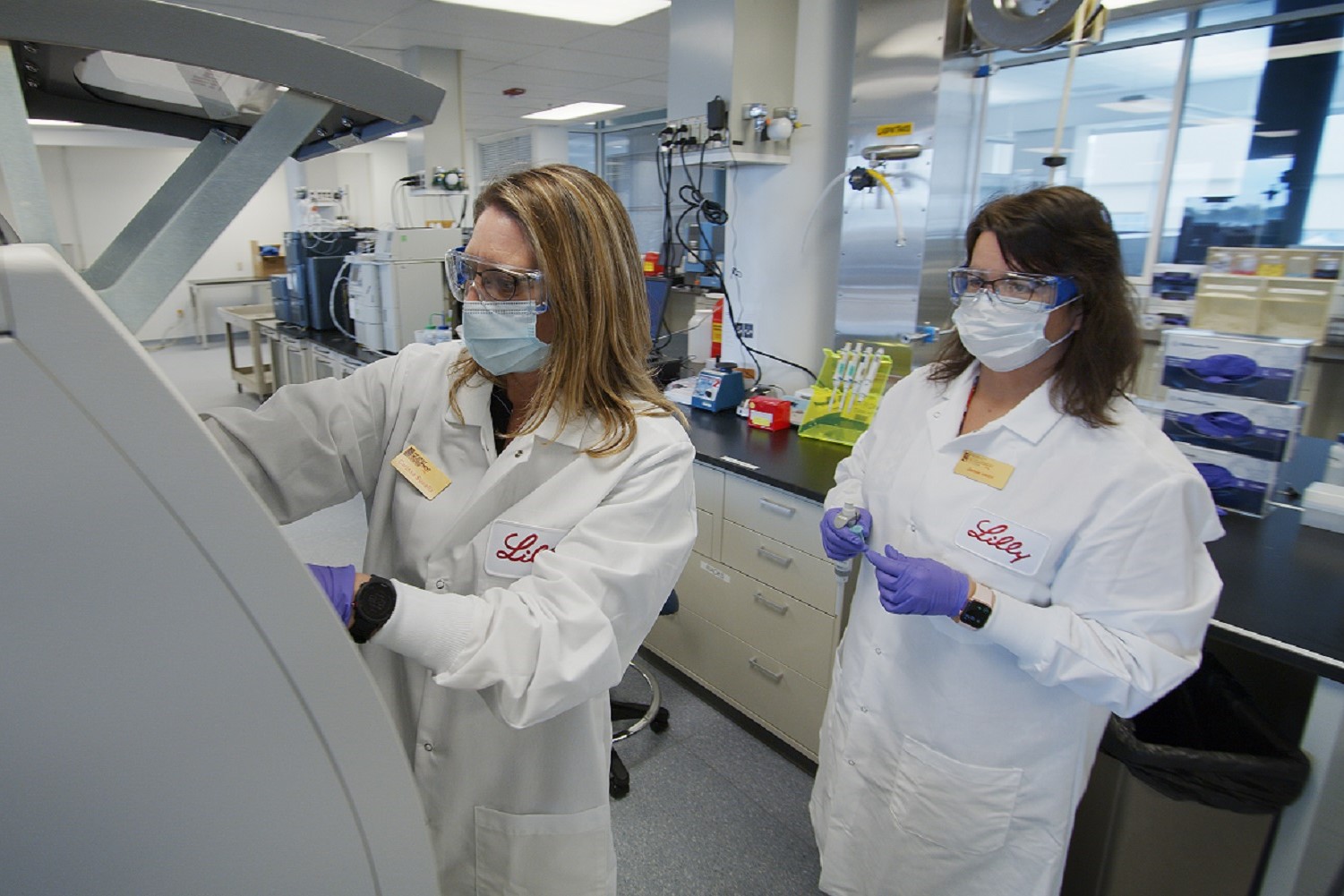I was struck by a recent blog piece in the New York Times entitled, ‘Seeing the Invisible Patient’ by Jane Gross. She rightly highlights the critical need to focus on those individuals so instrumental in the health of others, but all too often are invisible and ignored – the caregivers. With our aging population and the increasing burden of chronic disease, many more adults assume the responsibility of caring for an aging or ailing adult. Many may also be facing the responsibility of caring for a child in need. The Centers for Disease control reports that the number of caregivers in the United States is expected to steadily grow over the next ten years as the baby boomer population continues to age.
As a practicing cardiologist and Chief Medical Officer of AbilTo, Gross’ article and the concept of the ‘invisible patient’ prompted me to ask what it means to have ‘caregiver burden’ and what we might do to mitigate the stresses and health consequences that result. There is no universal definition of ‘caregiver burden.’ Each caregiver experiences his or her role uniquely, and the threshold for experiencing ‘burden’ is unique to each individual. Gross is not wrong that far too often, the medical system focuses solely on the patient and not enough on the network of support, often fragile, that that patient relies on to succeed in achieving improved health. And as Dr. Ronald Adelman highlights in a recent review article on Caregiver Burden in the Journal of the American Medical Association, the emotional, financial, social, and physical stress caring for an ill adult brings can have serious personal health consequences for the caregiver. For example, a study of caregivers by The National Alliance for Caregivers and Evercare found that more than 70% of family caregivers report not going to a doctor as often as they should. The study also reported that caregivers had poorer eating habits and even worse exercise habits.

With the Rise of AI, What IP Disputes in Healthcare Are Likely to Emerge?
Munck Wilson Mandala Partner Greg Howison shared his perspective on some of the legal ramifications around AI, IP, connected devices and the data they generate, in response to emailed questions.
We need to do better.
Just this week, I cared for a gentleman who passed away after a year long struggle with end-stage cardiovascular disease. There was not one time I went by his room that his wife was not at his side. In fact, she spoke with the expertise of a physician after having spent so many days and months helping care for him. Yes, we focused on her husband. But we focused on her as well. Every day we asked her, ‘Have you been home yet?’ ‘How did you sleep last night?’ and ‘What do you need?’ We reminded her that in order to be there for him, she needed to stay healthy herself. And when he fell gravely ill, a physician sat by her side in the room and held her hand.
But still, we can do better.
Caring for the caregiver is hard work indeed, and finding resources which are easy to access and of high quality can be challenging–which is why we at AbilTo are so proud to include amongst our remotely-delivered behavioral health programs one that is dedicated solely to supporting caregivers: Those so often in need and so often overlooked.
As the holiday season is upon us, I’m left thinking about these unsung heroes who continue the work at home that we providers start in the hospital. These ‘invisible patients’ who we rely on to ensure our patients comply with their medications, get the appropriate amount of exercise, and stay healthy. As November marked National Caregivers Month, and December means celebrating with family, let us give thanks and highlight those around us – the caregivers – who serve as the pillars of the health of our patients.
We must do better.














